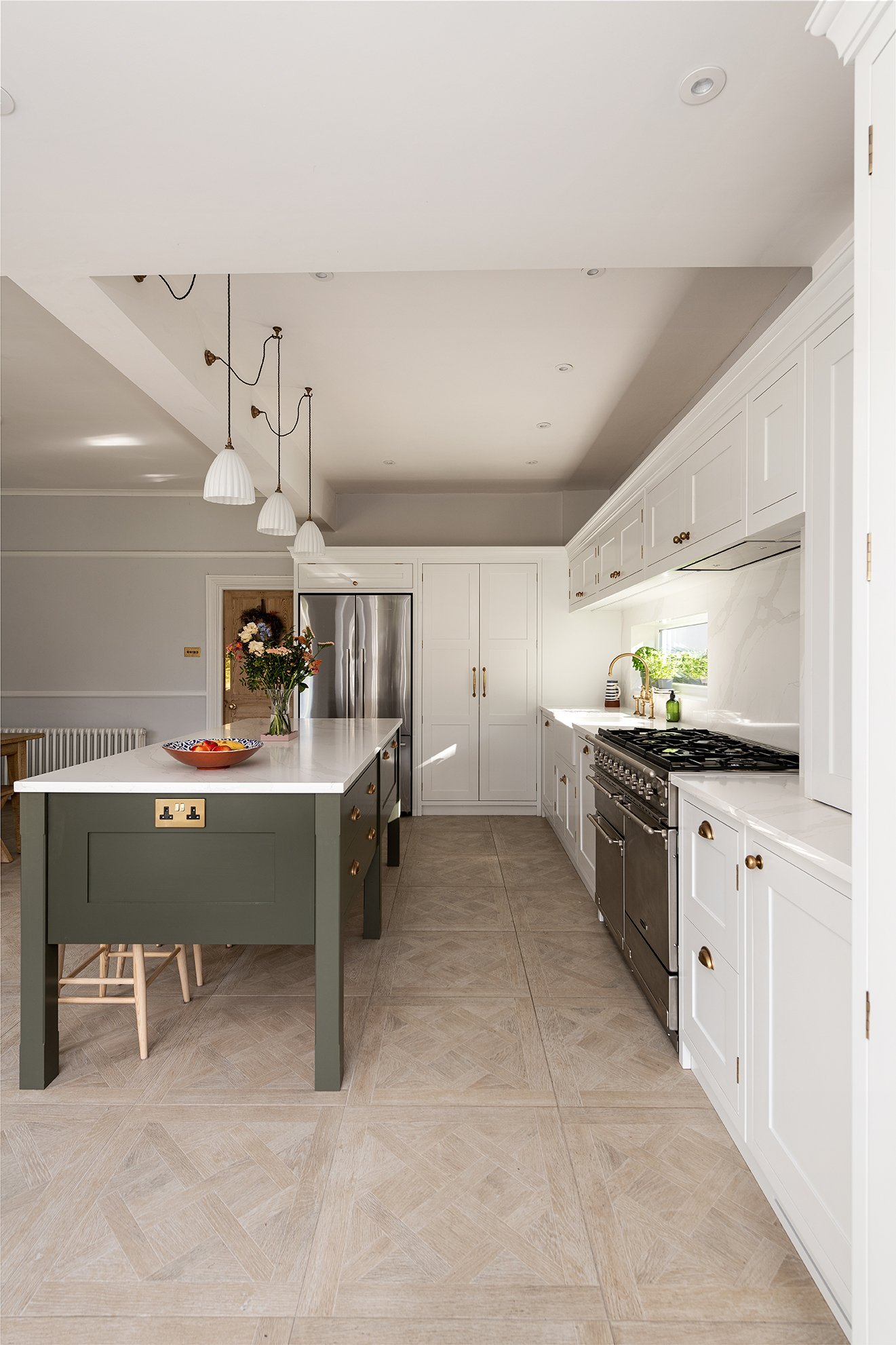Update Your Kitchen's Visual with Premium Legs For Kitchen Island
Important Factors to Think About When Selecting Legs For Kitchen Area Island
Picking the suitable legs for a cooking area island includes a mindful analysis of numerous elements that can dramatically influence both capability and aesthetic charm. Amongst these, the option of material plays an essential role in ensuring sturdiness, while the layout needs to complement the existing decor. In addition, considerations such as height and weight support are important for security and convenience. As we discover these aspects, it becomes clear that each decision can have far-ranging effects for the total kitchen area experience. What subtleties should be taken into consideration in each of these classifications to accomplish the ideal equilibrium?
Material Options
When selecting legs for a cooking area island, understanding the different product choices is essential for accomplishing both visual appeal and structural stability (Legs For Kitchen Island). The selection of product significantly influences not only the durability of the island however also its general layout and capability
Metal legs, commonly made from stainless steel or functioned iron, add a commercial and contemporary feel while making sure resilience and stability. These materials are immune to put on and can sustain considerable weight, making them optimal for larger islands.
Another alternative is crafted materials, like MDF or plywood, which can be much more cost-effective while still offering an array of coatings. They might not supply the exact same level of security as solid wood or steel. Legs For Kitchen Island. Finally, materials such as acrylic or glass can develop a contemporary look, though they might require additional assistance to guarantee security.
Eventually, the selection of product for kitchen island legs need to line up with the desired performance and the overall style of the kitchen.
Design and Design

When considering design, the form and coating of the legs are critical. Conical legs can give a feeling of agility and style, while thicker, extra durable legs can communicate stamina and stability. Additionally, the finish-- be it repainted, tarnished, or all-natural-- must enhance the kitchen cabinetry and counter top materials to create a unified look.
Moreover, the style of the legs can also reflect individual preference. Custom-made or ornamental legs, such as those featuring intricate makings or special geometric shapes, can work as centerpieces, including character and personality to the cooking area. Inevitably, the best choice will certainly not just enhance capability yet likewise elevate the visual appeal, making the cooking area island a standout attribute of the home.
Height Factors To Consider
Selecting the ideal height for kitchen area island legs is crucial, as it straight influences both functionality and convenience. The standard height for a cooking area island typically ranges from 36 to 42 inches, straightening with common counter top elevations.

It is additionally crucial to represent users' choices and elevations. Customizing the elevation can guarantee a comfy experience for all relative, making the kitchen island an extra delightful and useful space.
Weight Support
Making sure appropriate weight assistance for cooking area island legs is important for both safety and functionality. The kitchen area island often serves several purposes, including cooking, eating, and added storage space, requiring a durable support framework. When picking legs, it is essential to think about the total weight capability called for based upon the island's meant use and the products that will be put on it.
The selection of product for the legs plays a substantial function in their weight-bearing capacities. Strong wood, metal, and durable composites generally provide superior toughness contrasted to lighter materials. Additionally, the layout of the legs-- whether they are straight, tapered, or have a pedestal type-- can influence their capacity to disperse weight effectively throughout the framework.
Furthermore, the leg positioning need to be tactically intended to enhance stability. Legs placed at the corners or with a broader base can much better sustain larger loads. Always get in touch with the supplier's specifications concerning tons limitations to make sure that the legs can maintain the desired weight without endangering safety and security. In recap, picking cooking area island legs with adequate weight assistance is essential for creating a safe and functional cooking room.
Setup and Maintenance
Proper setup and upkeep of cooking area island legs are essential for making sure long life and stability. This often includes securing the legs to the island base making use of appropriate bolts, ensuring that the legs are degree and straightened.
When mounted, regular upkeep is necessary to protect the honesty and appearance of the legs - Legs For Kitchen Island. For wood legs, routine cleaning with a moist towel and you could try here application of suitable timber gloss can prevent wetness damages and maintain their surface. Steel legs might require a gentle cleansing remedy to remove grease and gunk, adhered to by a dry fabric to avoid rust formation
In addition, check the legs regularly for signs of wear or damage, such as fractures or loose joints. Tightening screws or bolts as needed can likewise extend the life expectancy of the legs. By adhering to these setup and maintenance methods, house owners can make sure that their kitchen area island stays strong and aesthetically appealing for many years to find.
Final Thought

Visual coherence is critical in choosing the design and layout of legs for a cooking area island, as these elements greatly influence the general atmosphere of the area. Conical legs can give a feeling of agility and style, while thicker, more robust legs can convey strength and stability.Choosing the suitable height for kitchen island legs is important, as it directly affects both performance and comfort. In summary, selecting kitchen island legs with sufficient weight support is important for creating a functional and secure cooking room.
In verdict, picking legs for a cooking area island requires cautious consideration of various factors, consisting of product options, design, elevation, weight support, and installation.